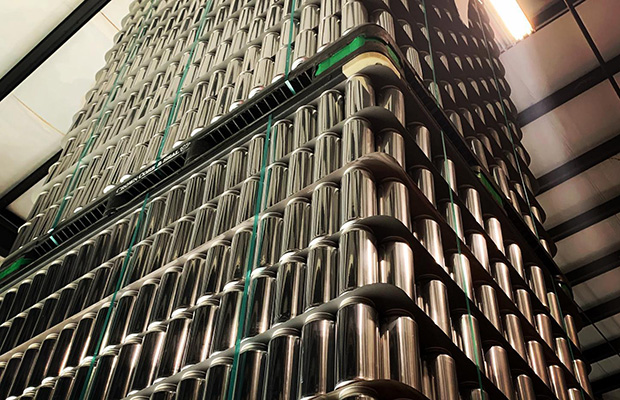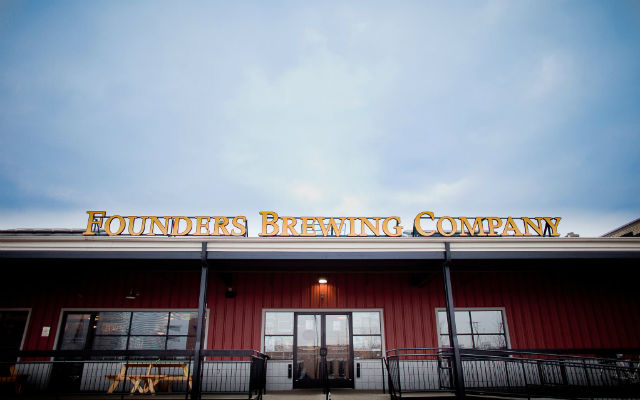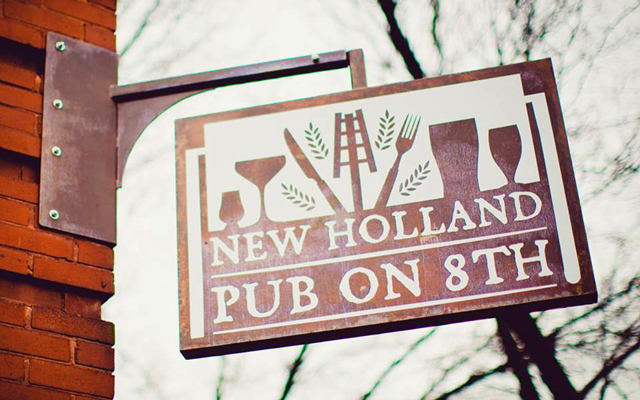
Foam may be fleeting, but its cost can linger long after the glass is poured. For breweries, every ounce lost to excessive head, temperature imbalance, or poor draft system calibration can eat into profits. From over-carbonated pours to improperly maintained lines, inefficiencies in the draft system can lead to thousands of dollars lost annually. A well-calibrated and regularly maintained draft setup isn’t just a matter of presentation; it can be a foundational business necessity.
Annette May, a faculty member for Schoolcraft College and co-founder of the new Full Measure Brewing in Detroit, said that maintaining a balanced draft system is one of the most important factors in reducing waste, especially as beer styles and brands rotate frequently. She spoke during a seminar at the 2025 Craft Brewers Conference of draught quality with Paige Martin of Real Ale.
The definition of a balanced system is two things, May said: that the beer pours and the carbonation level that the brewer intended.
“It doesn’t change throughout the complete life of that keg,” May said. “The second part is that the pours are at an optimal flow rate, which is two ounces a second — or one gallon a minute — and without foam.
“Why is this important? The beer presents as the brewer intended. You’ve got a happy brewer, number one. You have happy customers, right? If it’s balanced and you’re pouring in a good flow rate without foam, it serves more efficiently and without waste. Customers come back for a lovely beer and everyone’s happy.”
No matter the draft system style, tracking performance is vital. Measuring actual yields against expected output, such as 124 pints per half-barrel, can quickly expose inefficiencies. Accurate data collection—enabled by POS systems, manual logs, or visual checks—only improves efficiency when staff recognize and act on discrepancies.
May said maintaining the carbonation level set by the brewer — what she calls ‘keeping the keg happy’ — is key to consistent draft quality.
“You have to have an understanding on keg equilibrium. Keep that beer at the correct carbonation level set by the brewer,” she said. “To do that, you have to have a little bit of education and understand the relationship between what’s in the keg, the CO₂ solubility, the beer’s temperature and how much applied pressure we need to give to the keg to maintain all that.
“We’re going to set the correct applied pressure according to the temperature of the beer to maintain that carbonation. So again, that concept of keg equilibrium. Keep our keg happy.”
May said that brewery staff must clearly define who is responsible for system oversight.
“You have to decide whether the brewer’s going to be in charge of that, your front-of-house manager is going to be in charge of that, or your servers have some knowledge too,” she said. “It’s entirely up to the establishment, but education is key to maintaining this.”
She noted that once kegs leave the brewery, keeping the beer properly carbonated becomes a shared responsibility — one many bars are ill-equipped to handle.
“There’s an ongoing thing in the industry, especially when your kegs are leaving and being distributed … how do they know what volume of CO₂? How can they maintain that if they don’t know what’s in there?”
May suggested for breweries to write the level on the keg’s collar.
“There isn’t a really clear answer to that, but I think that’s a really good start,” she said.
READ MORE: Improve Quality and Profitability: 10 Key Elements of a Draft Beer System
May added that bar staff often make carbonation problems worse by turning the pressure down when they see foam, which can be the opposite of what’s often needed.
She stressed the importance of basic style awareness as well. To assist with proper pressure settings, May pointed to CO₂ equilibrium gauge pressure charts found in most draft quality manuals. May said equilibrium charts help breweries set correct pressure based on CO₂ volumes and beer temperature — essential for maintaining carbonation.
Beyond carbonation, May explained that flow rate also plays a key role in system balance and loss prevention.
“You really have to understand that concept of what we call resistance to flow. It’s creating friction of the beer as it runs through the beer line,” she noted. “A really simple way, I think, to talk to people about that is, how hard does the beer have to work to get from the keg to the customer’s glass?”





This perspective on draft system balance resonates strongly, as it highlights how technical precision directly impacts profitability and customer experience